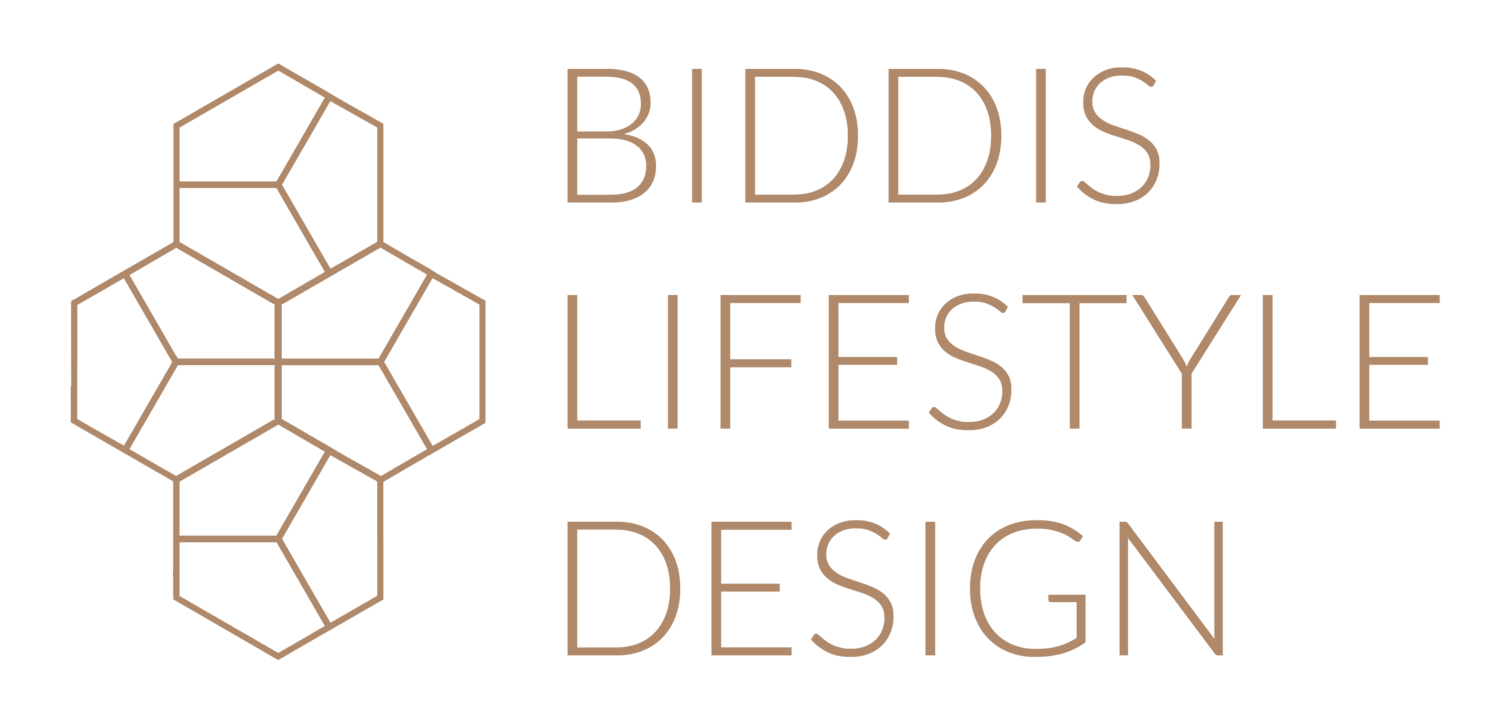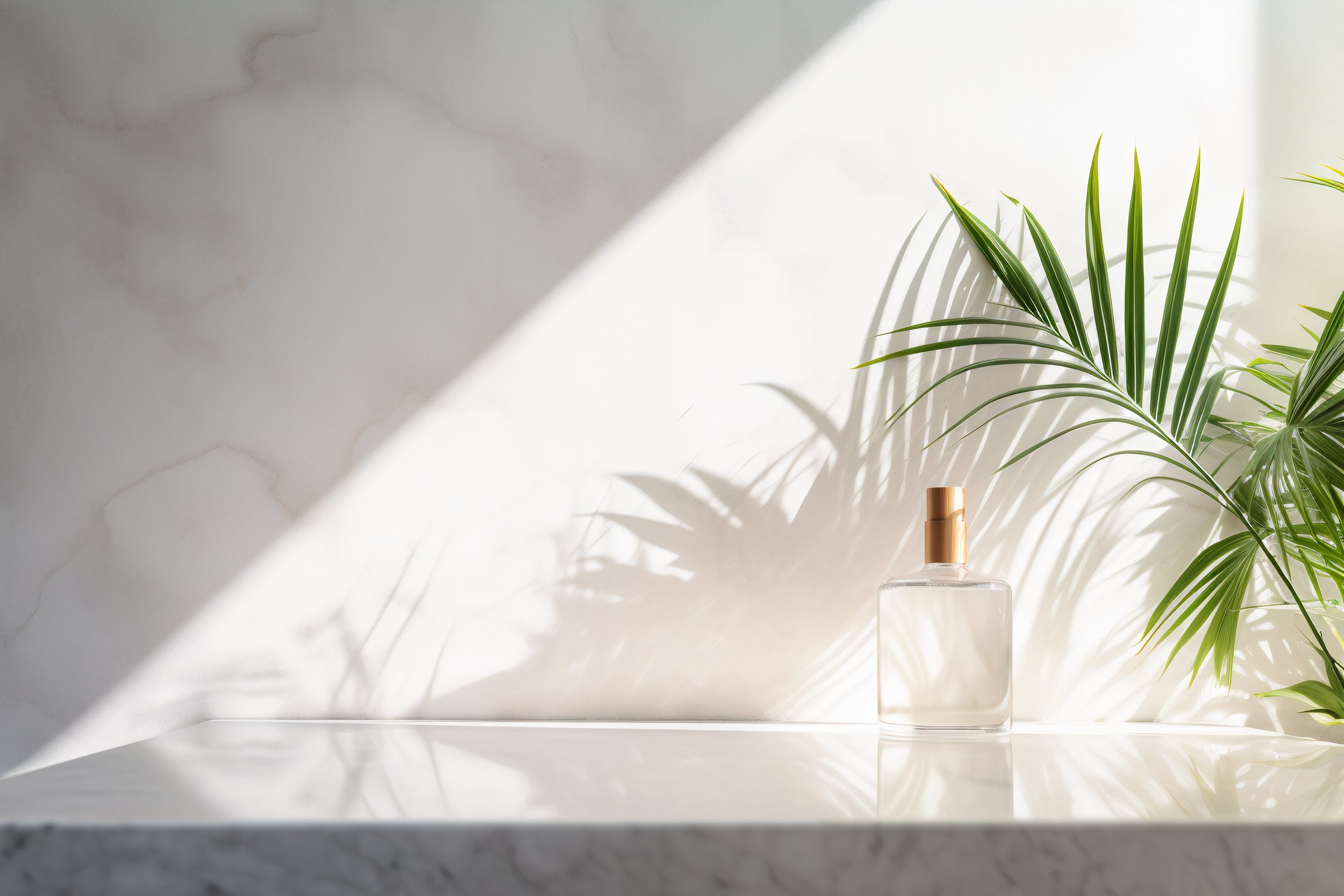Embracing Sustainability in Interior Design:
Creating Beautiful Spaces for a Better Future
In today's rapidly changing world, the importance of sustainability has permeated various aspects of our lives, including the realm of interior design. As we become increasingly conscious of our environmental impact, the concept of sustainable interior design has gained significant traction, transforming the way we approach decorating our living and working spaces.
1. Redefining Aesthetics with Sustainable Materials:
Sustainable interior design begins with the careful selection of materials. Designers are moving away from traditional options that contribute to deforestation and pollution. Instead, they are opting for eco-friendly materials like reclaimed wood, bamboo, and recycled metals, which not only reduce the demand for virgin resources but also infuse spaces with unique textures and character.
2. Energy Efficiency and Lighting:
Energy-efficient lighting and appliances play a pivotal role in sustainable interior design. LED lighting, for instance, consumes significantly less energy than traditional incandescent bulbs, resulting in reduced electricity bills and a smaller carbon footprint. Designers are also leveraging natural light to create well-lit and inviting spaces, minimizing the need for artificial lighting during daylight hours.
3. Upcycling and Repurposing:
One of the hallmarks of sustainable interior design is the practice of upcycling and repurposing. By giving new life to old furniture and decor items, designers contribute to waste reduction while crafting one-of-a-kind pieces. An old door might become a stunning tabletop, and discarded window frames could transform into eye-catching room dividers.
4. Biophilic Design for Well-Being:
Biophilic design is a key aspect of sustainable interiors that focuses on incorporating elements of nature into indoor spaces. By integrating features like indoor plants, natural materials, and views of nature, designers enhance indoor air quality and promote well-being, fostering a sense of calm and connection with the environment.
5. Minimalism and Functional Design:
Sustainability goes hand in hand with minimalism and functional design. Embracing the "less is more" approach helps in curbing excessive consumption and waste. Furniture and decor are chosen with care, ensuring they serve a purpose and have a lasting appeal. This not only contributes to a cleaner, clutter-free aesthetic but also reduces the need for frequent replacements.
6. Local Sourcing and Artisan Collaboration:
Choosing locally sourced materials and collaborating with artisans supports local economies and reduces the carbon footprint associated with transportation. By prioritizing local craftsmanship, designers contribute to the preservation of cultural traditions and create unique, region-specific designs that reflect the essence of the community.
7. Longevity and Timeless Design:
Sustainable interior design champions timeless styles that transcend trends. Opting for classic design elements ensures that spaces remain relevant and aesthetically pleasing for years to come, reducing the urge to constantly update interiors and discard perfectly functional items.
In a world striving for a greener future, sustainable interior design offers an avenue to express creativity while making responsible choices. By embracing sustainable practices, designers and homeowners alike can create spaces that not only captivate the eye but also align with our commitment to preserving the environment. As this movement continues to gain momentum, it's clear that the fusion of beauty and sustainability is the blueprint for designing a better world, one interior at a time.
Keep an eye out for some completed projects coming up that we are implementing more sustainable practices with
If you have a project you would like to disucss then do get in touch hello@biddislifestyle.com or 0170 4862565 to speak to a member of the team





